Why most Swiss buildings are environmentally inefficient
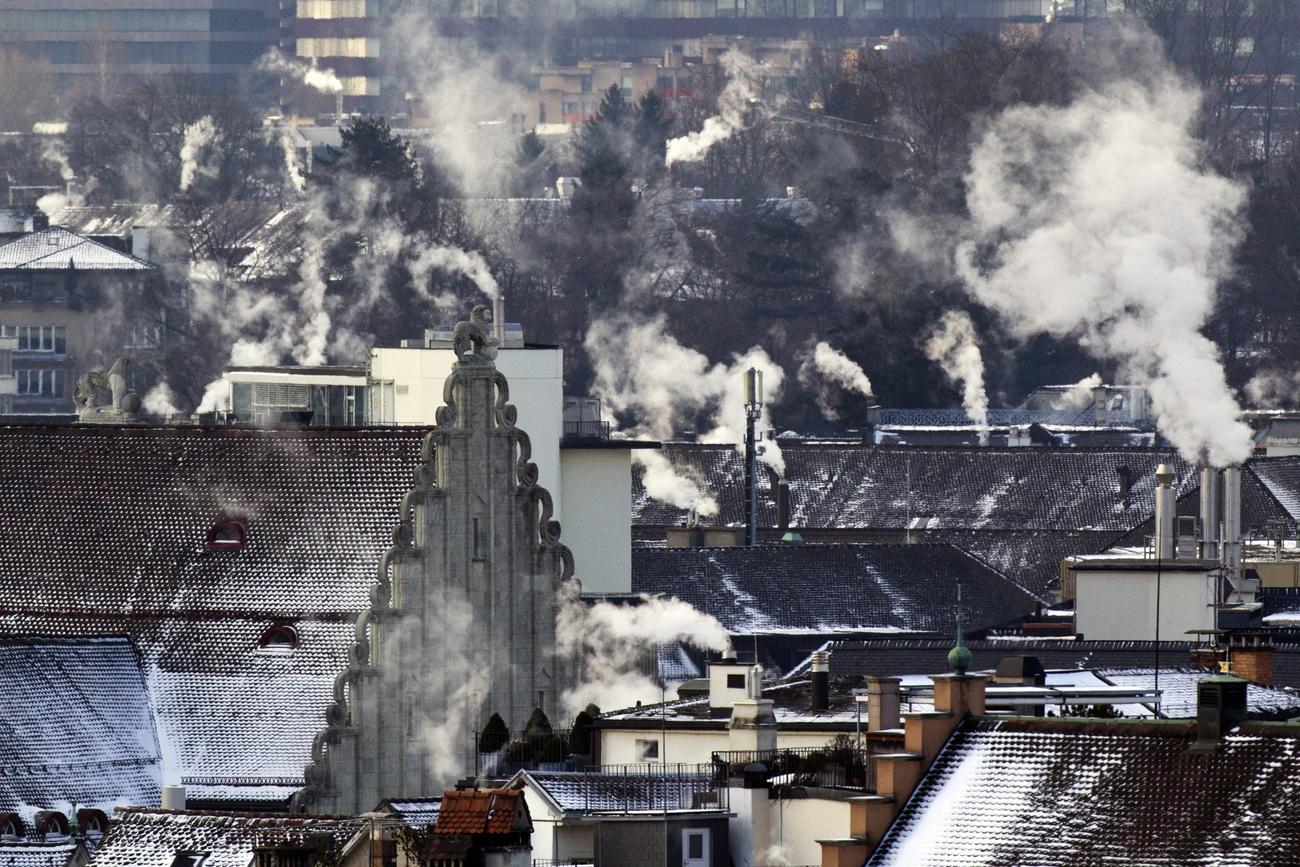
Buildings account for about a quarter of annual carbon dioxide (CO2) emissions in Switzerland. But progress on making them more efficient has been slow, despite state subsidies.
“At first I only planned to replace the doors and windows of the house,” explains Luca Berini, the owner of a detached house near Lugano in southern Switzerland.
“But when I learned that I’m eligible for state subsidies I decided on a complete refurbishment. It is important to be environmentally friendly.”
Thick layers of rock wool insulation, triple glazing, an automatic ventilation system and the replacement of the gas heating with a thermal pump have transformed the 55-year-old building into a modern home.
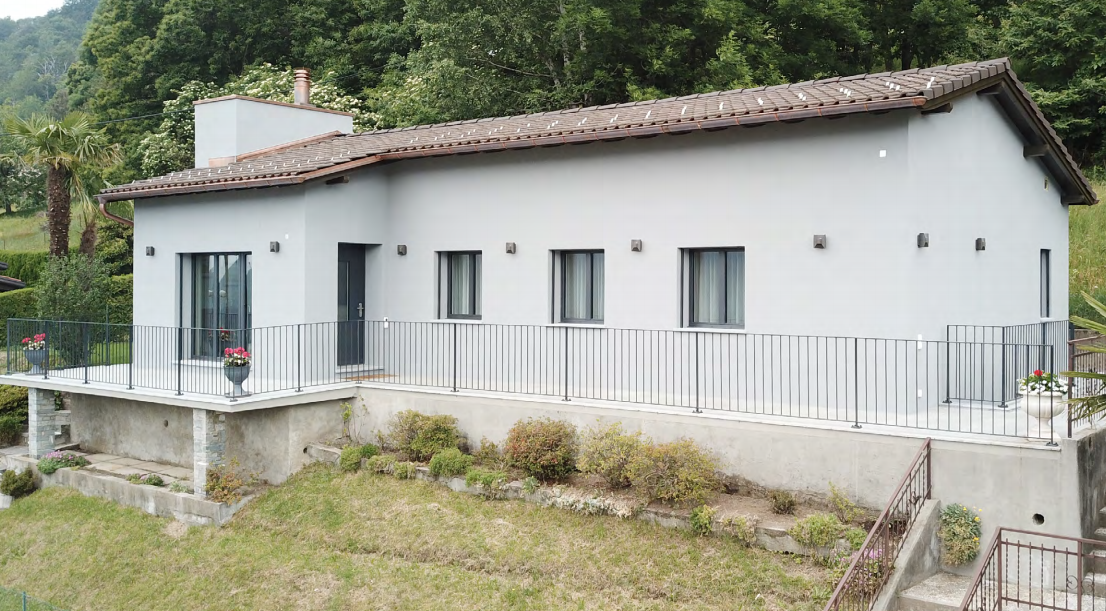
The renovation increased the value of the property by 30-40%, says Berini, who is surprised to learn that he is a rare exception in Switzerland.
Buildings use about 40% of the energy consumed in Switzerland every year, and account for over 25% of all CO2 emissions. They produce more greenhouse gas than the industrial sector, as the chart below shows.
This is hardly surprising, as two out of three houses were built before 1980, and Switzerland is known to be top of the list of European countries that rely on heating oilExternal link. In addition, there are an estimated one million residences – from a total of 1.7 million homes – which are only scarcely or not insulated at all. This contributes substantially to heat loss.
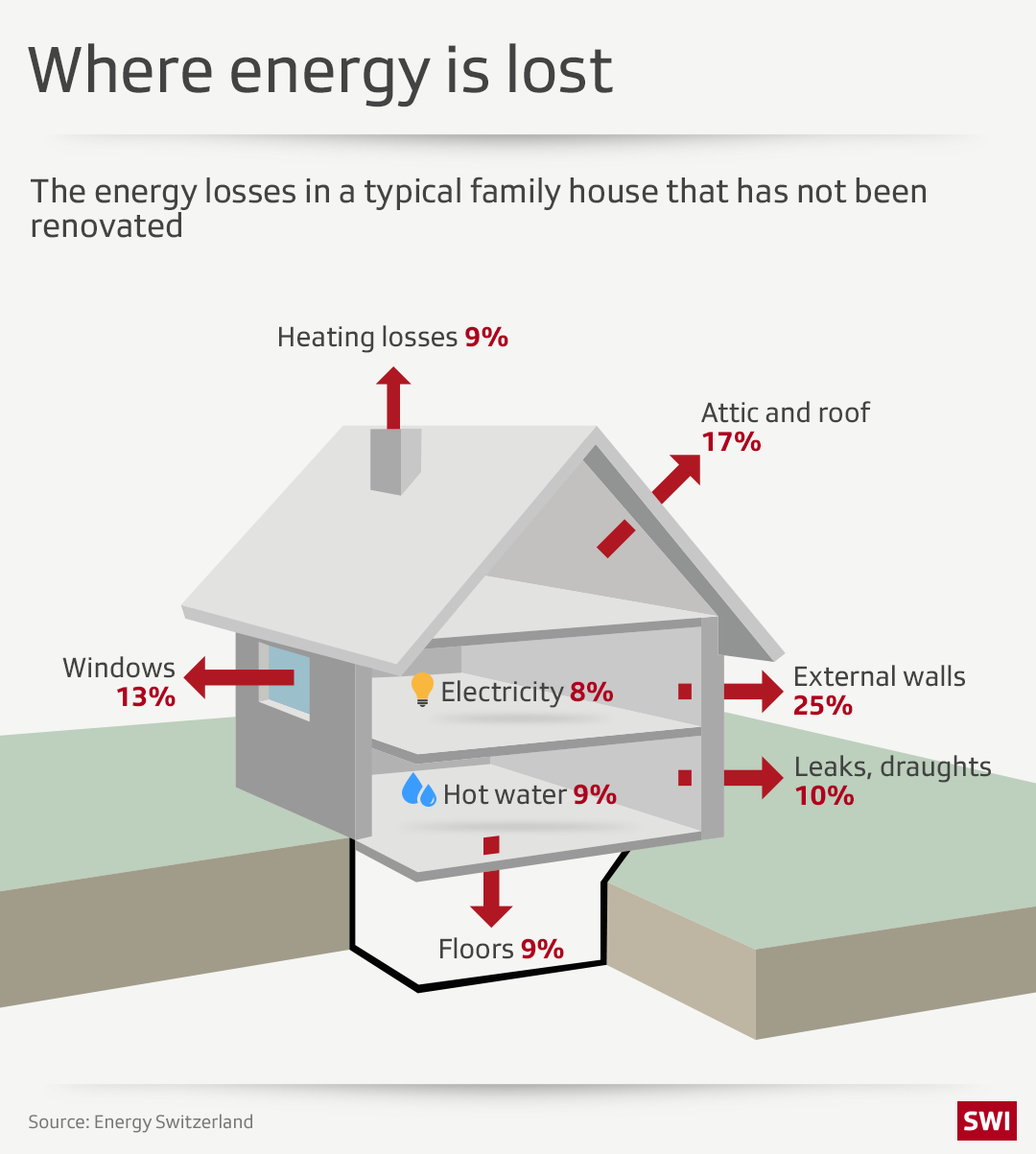
Consequently, Switzerland is above average in European comparisons on heat loss, despite a major decrease in building emissions since 1990.
Growing interest
Under a scheme set up by the Swiss government in 2010External link, house owners can apply for financial support to refurbish their houses and apartment to higher environmental standards. In 2018, CHF211 million ($217 million) were paid out from money collected from a national CO2 levyExternal link and contributions from the cantonal authorities. Subsidies make up between 10-30% of the total investment needed.
“Interest in subsidies has been growing,” says Luca Pampuri of the Ticino Energy association. “Four to five years ago we had about 200-300 requests for information every year. Now, we have about 1,000 applications.”
Yet the refurbishment of homes is only making slow progress, despite growing public interest and financial incentives.
Currently, only 1% of all the houses are renovated, according to a study by the Swiss National Science FoundationExternal link. But this rate will have to be doubled to achieve the goals set out in the government’s 2025 Energy Strategy.
Failing that, it will take about 100 years for all buildings in Switzerland to be brought to acceptable levels of sustainability.
The situation is slightly better for the 12,315 new buildings constructed since 2017. There has been a strong increase in demand for heat pumps over the past two decades, for example, even if there is no ban on gas heating systems.
Lack of rules and information
The reasons for the slow pace are diverse.
“Most house owners are 50-60 years old, and they might not be too keen to do major investments, which will only be paid back after about 30 years,” says Pampuri. “Many owners also prefer to replace old gas heating devices with systems that are more efficient but of the same kind.”
When it comes to why there has been a slowdown in investment in energy-efficient refurbishments, Massimo FilippiniExternal link, a professor of economics at the Swiss federal institute of technology Zurich (ETH Zurich) and the University of Italian-speaking Switzerland, points out additional hurdles.
“Many consumers don’t have the necessary information about possible technical solutions and state subsidies to promote investment in energy efficiency, as recent studies in Switzerland and in Europe have shown,” Filippini says. “But those who are made aware of the options are more inclined to spend the money on an investment.”
Another factor is the population’s lack of knowledge of the economic and financial aspects involved in investing in energy-saving measures.
“Lastly, it is often forgotten that these refurbishments help improve the comfort and the air quality inside the building, as well as saving energy. These benefits also have a noticeable financial impact that raises the property value,” says Filippini.
Other experts have identified legal loopholes.
“Thermo heat pumps, wood boilers, residual heat from industrial plants and solar panels could ensure heating needs and the production of hot water via sustainable technology,” says Hans Rudolf Schalcher, head of the executive committee of a national research programme.
He adds that the current laws and regulations fail to meet the new demands and possibilities. Schalcher therefore recommends that the cantonal authorities amend planning, construction and energy legislation and simplify administrative procedures.
The environmental group WWF identified shortcomings in cantonal energy regulations for real estate.
Promoting turnaround
Increasing the CO2 levy on fuels External linkor replacing conventional heating systems with thermal heating devices to improve the energy efficiency of a building is not enough, says Christian Zeyer of the Swiss cleantech business community.
Zeyer has mooted plans for a special fund, topped up by the insurance industry, pension companies and banks. The money invested could be used to cover the total cost of refurbishments – not just up to 30%, as is the case for the current national programme. The loan would have to be paid back in annual increments by the owners on a long-term basis.
This would be a win-win-win situation, says Zeyer.
“To minimise the financial risk for the creditors, the state would cover the risk of insolvency that arises from the longer period of the loan,” Zeyer wrote in an opinion piece published in the Neue Zürcher Zeitung newspaper.External link “The state would benefit because it would allow Switzerland to meet the goals for the building sector set by the Paris Climate Accord.”
The Swiss government has acknowledged that the efforts taken so far fall short of meeting the demands of its energy strategy and the Paris accord. In NovemberExternal link, the government said it was willing to consider a call by parliament to present measures to reduce heat loss from buildings.
Beside the traffic sector, the impact of emissions from houses will be at the centre of future debates on climate change. The issue of greenhouse gas emissions will be discussed in the Swiss parliament as part of reform of the law on CO2. At a European level, energy-focused building refurbishment is a priority of the next Green DealExternal link.
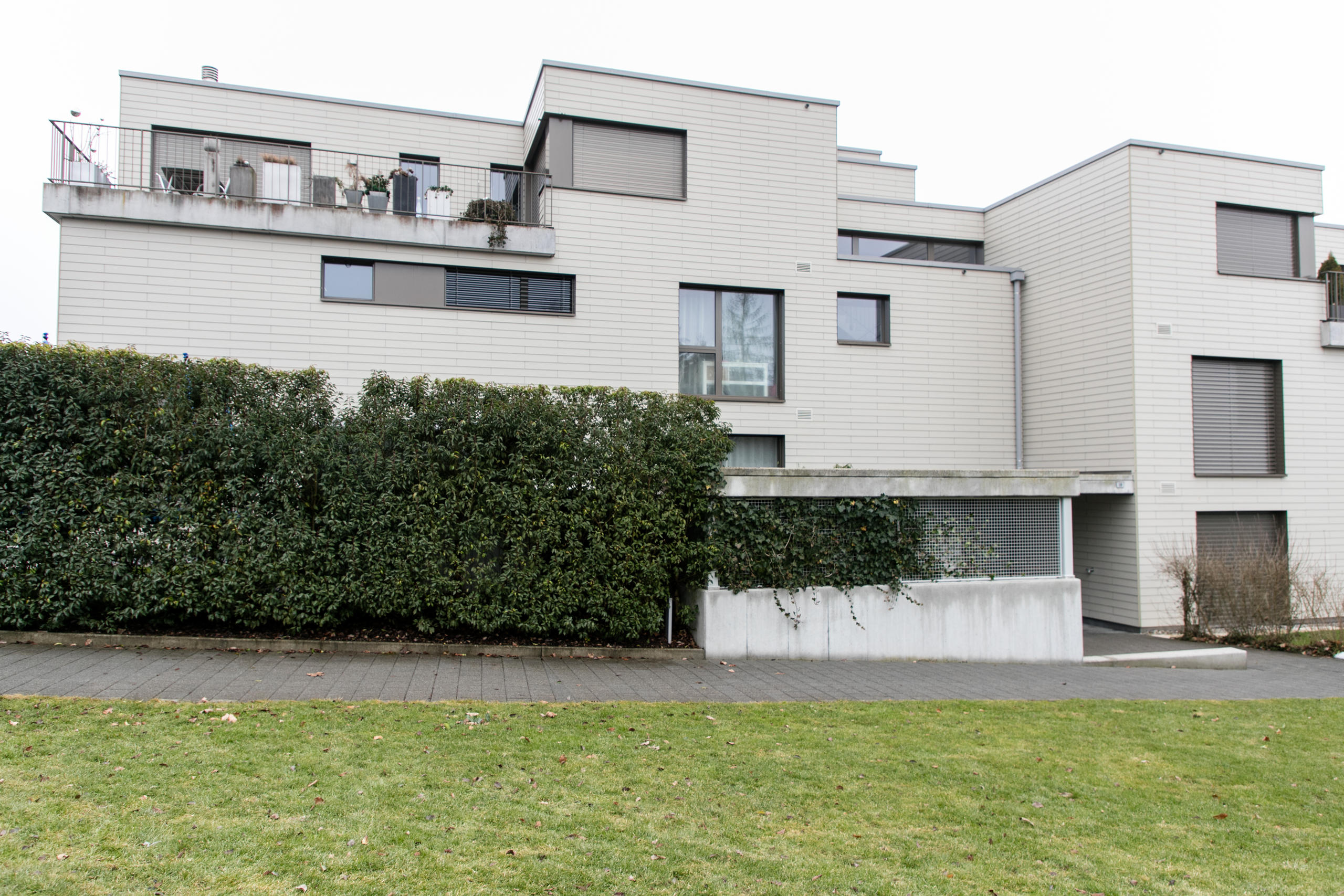
More
Minergie homes are booming in Switzerland
(Adapted from Italian by Urs Geiser)

In compliance with the JTI standards
More: SWI swissinfo.ch certified by the Journalism Trust Initiative









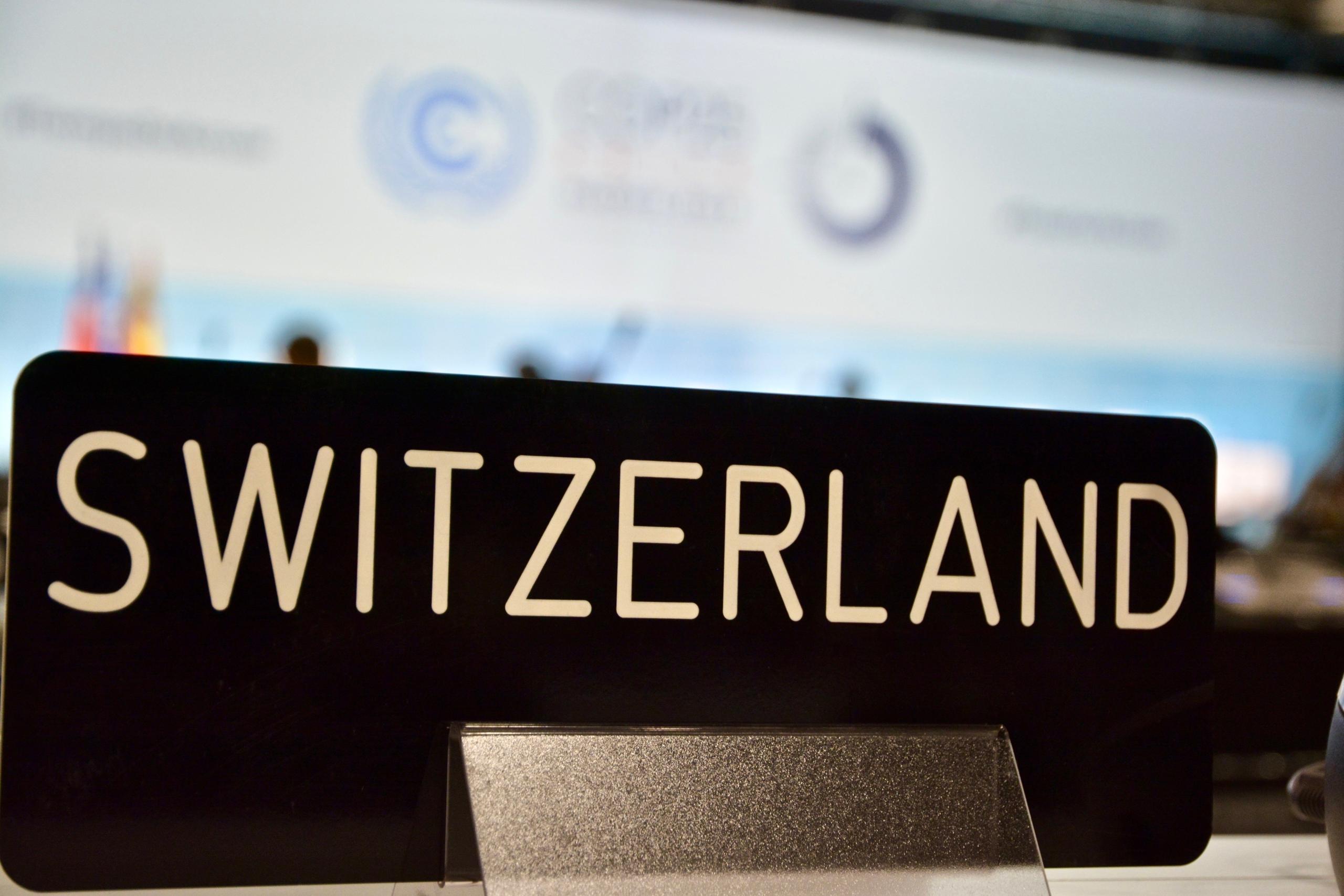




You can find an overview of ongoing debates with our journalists here . Please join us!
If you want to start a conversation about a topic raised in this article or want to report factual errors, email us at english@swissinfo.ch.